We’ve all seen a familiar shape or face in the most surprising things. From clouds, flowers, rocks, shadows, to even the front of cars… you’ve probably discovered that their unique patterns have formed a face or image that you wouldn’t normally see on them. You can say that it’s because you’ve got an active imagination. Neuroscience, on the other hand, calls it pareidolia. It’s a totally normal experience that we all have because we’re wired to look for something recognizable in a stream of random information.
This experience is totally normal. In fact, it’s considered to be an indicator that a person has a highly active and creative imagination. The ability to form mental images or concepts from what is actually not present is a natural inclination for us, whether you’re good at drawing on paper or not. University of Toronto’s Professor Kang Lee sheds more light upon this curiously amazing phenomenon, saying,
“Pareidolia illustrates the interaction between the visual complex and the frontal cortex of the human brain. It suggests that our brain is highly sensitive and expecting to encounter and process some special classes of subjects in our environment because they are biological and socially important to our adaptations to the environment.”
Ordinary things like flowers can look like fairies from a different perspective
“This is why literal fairy tales exist.”

“This T-Rex shaped cactus”
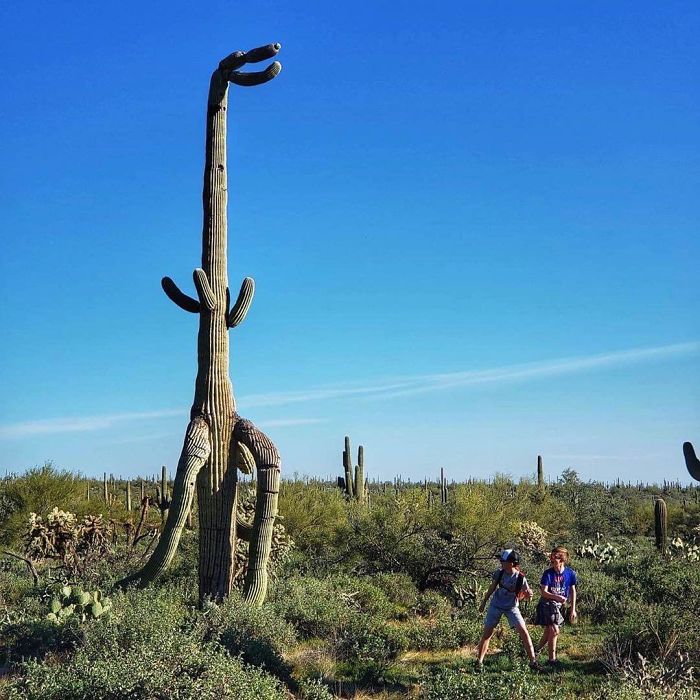
“This orchid really looks like an eagle.”

“Dragon tree.”
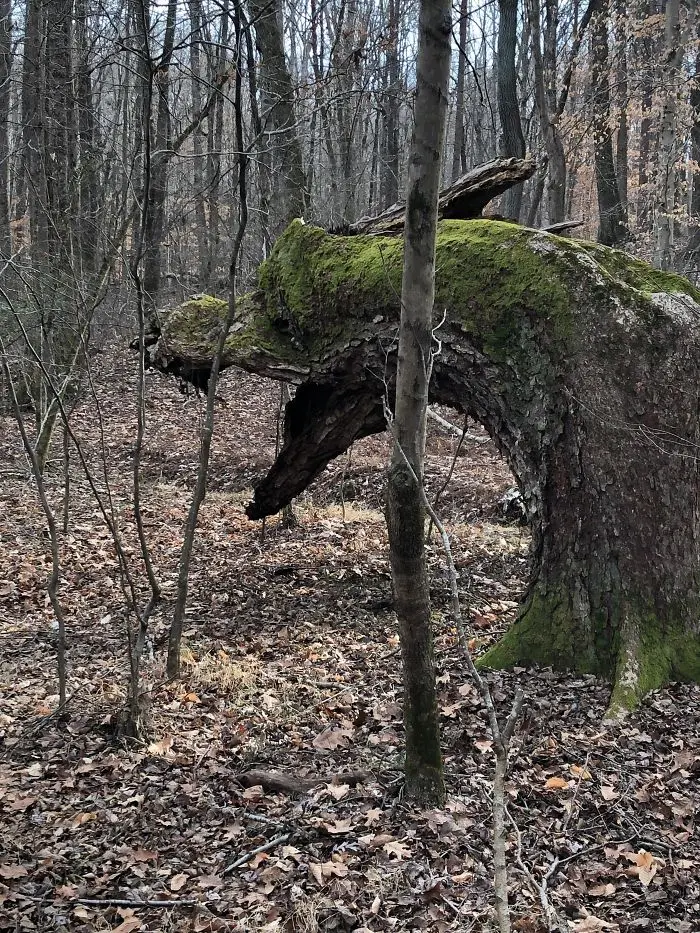
“I found a piece of driftwood that looks like a dragon’s head.”
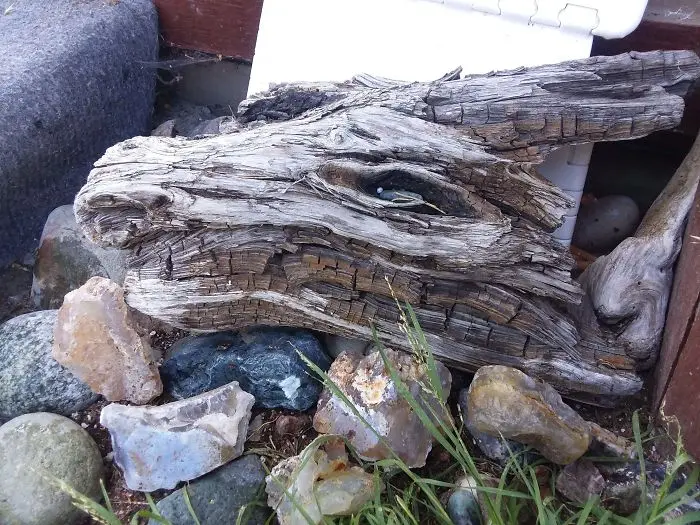
“These two rocks look like a mother breastfeeding her own new born child.”
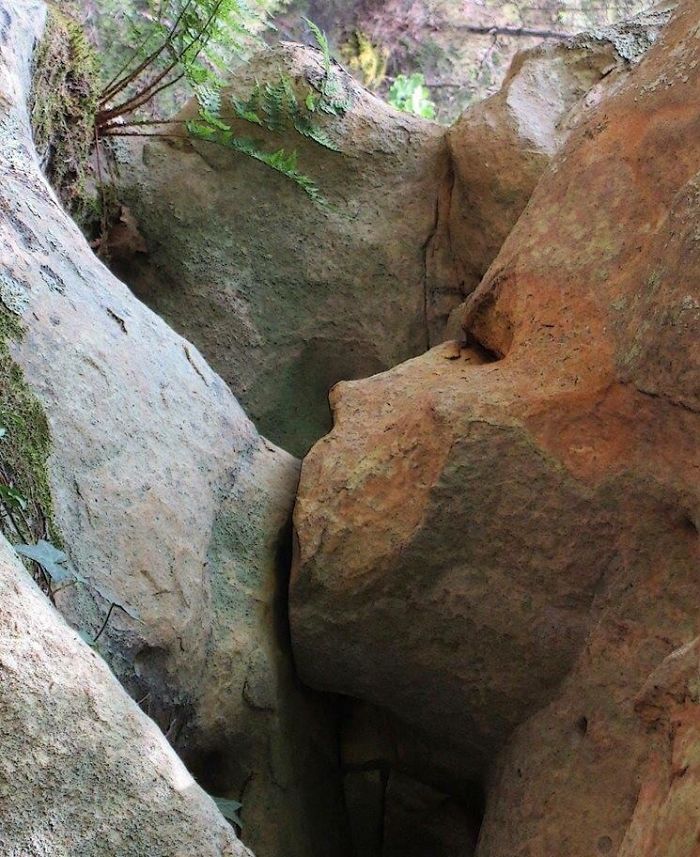
In a nutshell, this phenomenon happens when you see faces or shapes in everyday objects
Most of the time, we experience this at random, sudden moments. You could just be walking in the street and realize, to your amusement, that the cars parked along the street have striking faces with varying attitudes. Or you’ll suddenly just see a cloud shaped like a dog. These experiences inspire a multitude of emotions like surprise, amusement and in some cases, shock. Professor Lee also went on to say that we can experience this when we are under a lot of stress.
“For example, when you are walking in a dark street in the evening, your brain is on high alert to detect whether any treat will jump out any moment. In this case, you are more likely to have face or human Pareidolia because it’s important for you to err on the side of caution if you mistake a tree as a human being.”
Remember that scene when Snow White was fleeing into the forest after the huntsman told her to run away? She saw scary faces on trees and menacing, glowing eyes in the shadows. But when she calmed down, we saw that the trees weren’t scary, and the glowing eyes belonged to adorable woodland creatures. That’s exactly what Professor Lee is describing. In addition to this, cosmologist Carl Sagan contributed that the phenomenon is actually a survival mechanism that helps us recognize faces from a distance and determine whether we’re being approached by an ally or enemy.
“I see Sid.”
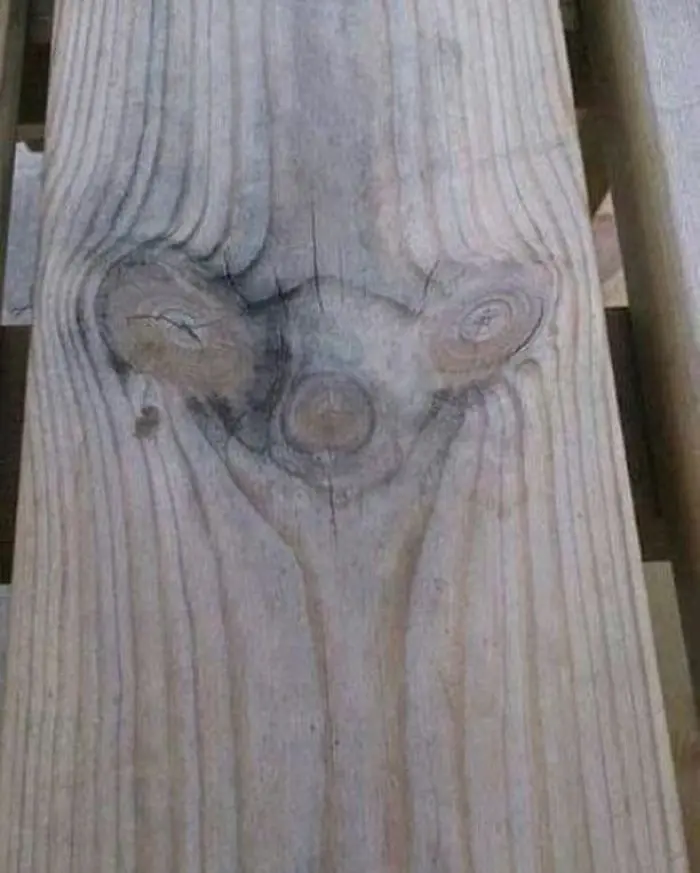
“There’s a Lion wearing sunglasses at the back of this cricket.”
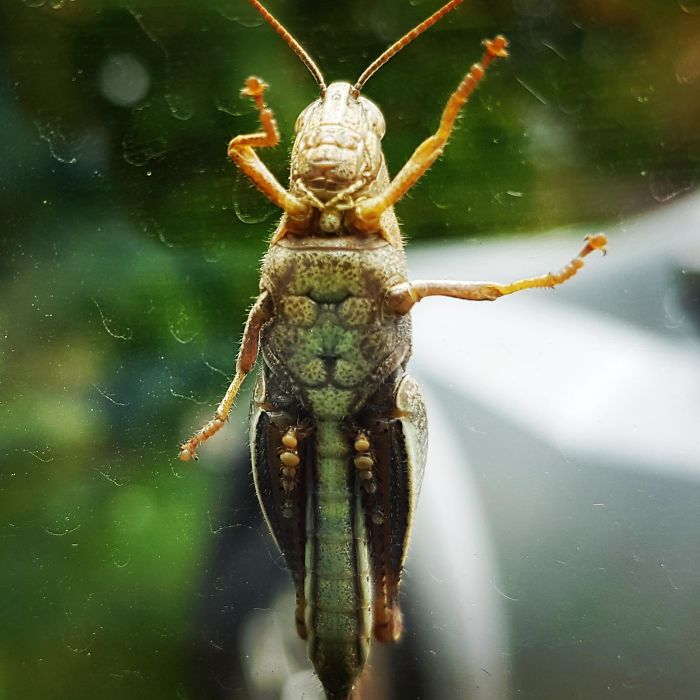
“A cute dog but actually just rust.”
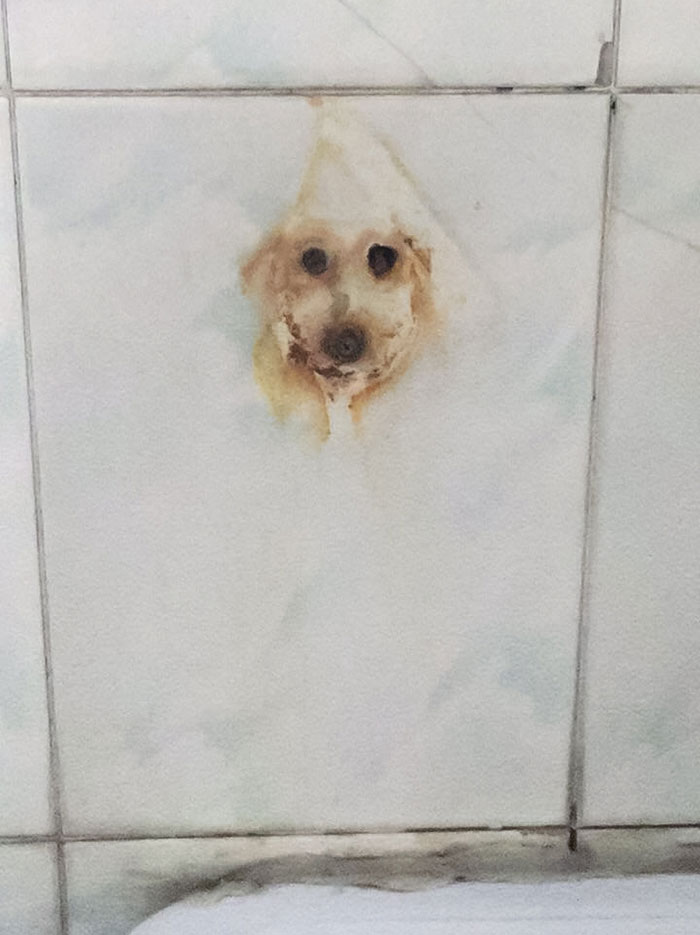
Some objects take a whimsical appearance

“What house would you belong to? I found this behind my office.”
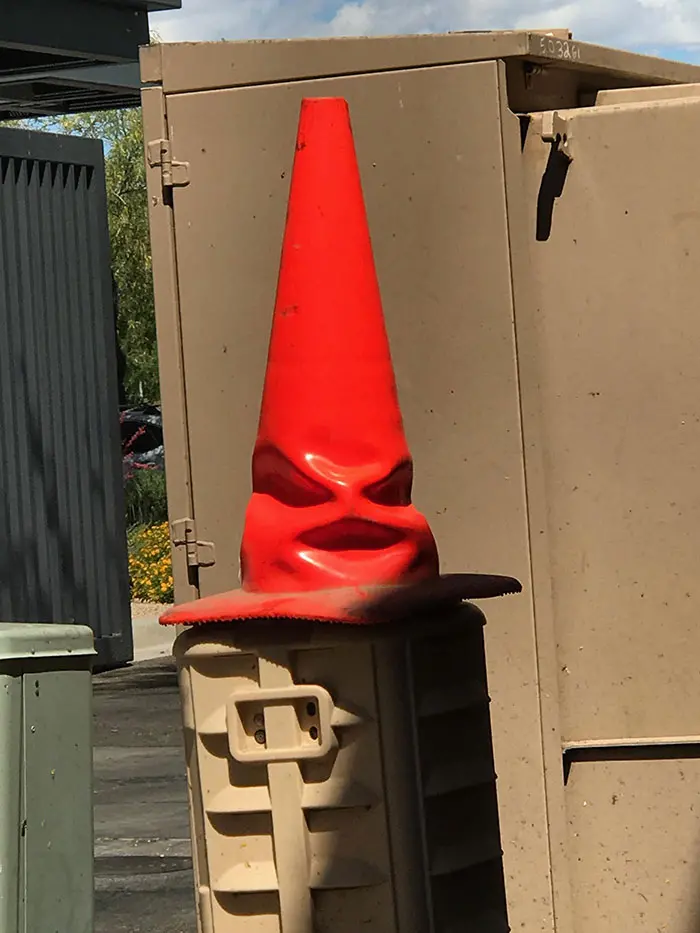
“And that’s when I stopped washing my hands.”
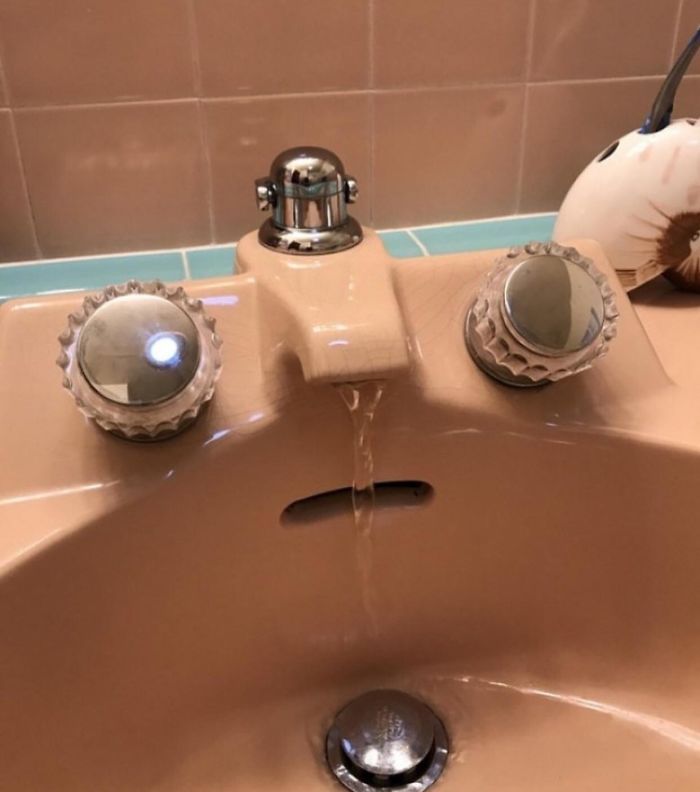
“Pulled the door handle off and he was as shocked as I was.”

“Scared switches.”
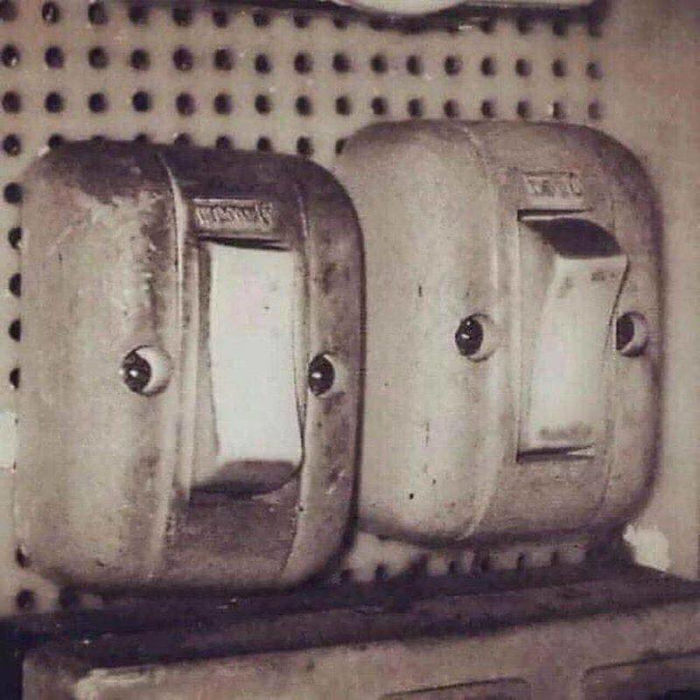
“I’m flying!!!”
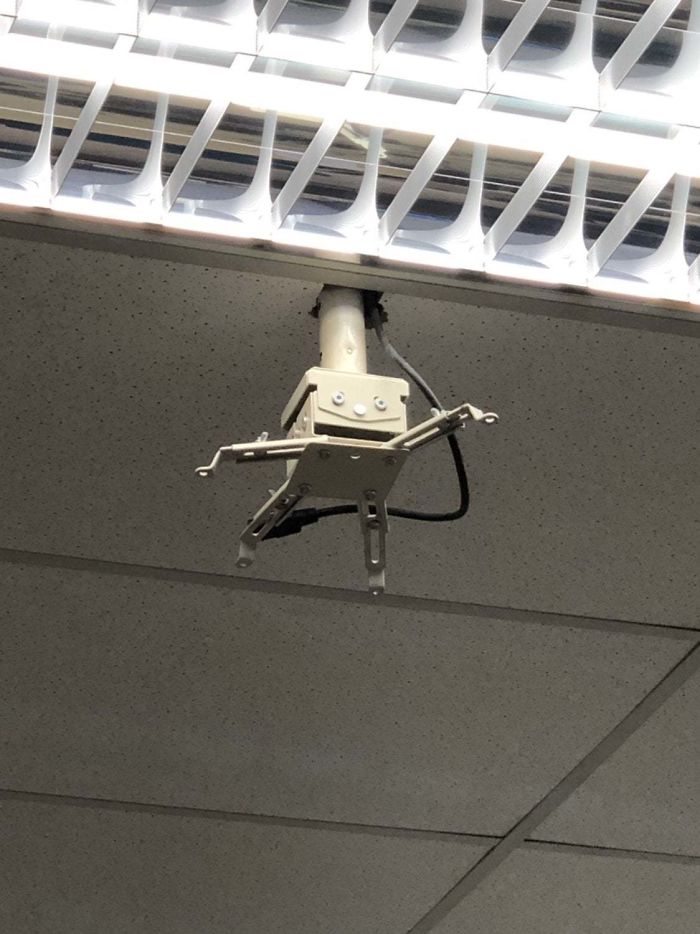
“I wonder which song was on…”

It is normal and indicates that people who experience it are often more creative
“Even in this kind of situation, it is normal. There is nothing wrong with these individuals. Pareidolia is different from paranoia or delusion or abnormal vision of individuals with psychosis. In fact, a recent study shows that those people with Pareidolia tend to be more creative. Also, people who are religious may be able to see religious icons in non-face objects as well.”

“Baked potato.”

“Bubbles that form a little cat shape.”
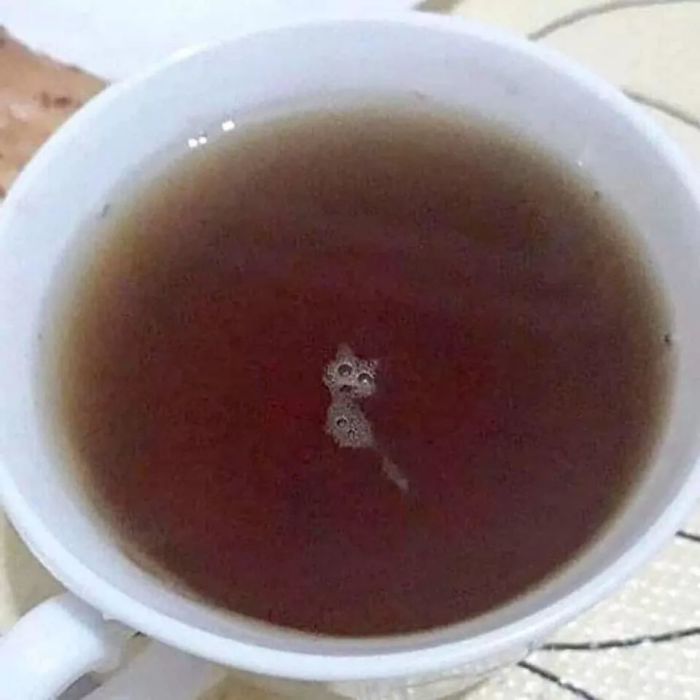
“Looks like there’s a goddess in this orange.”
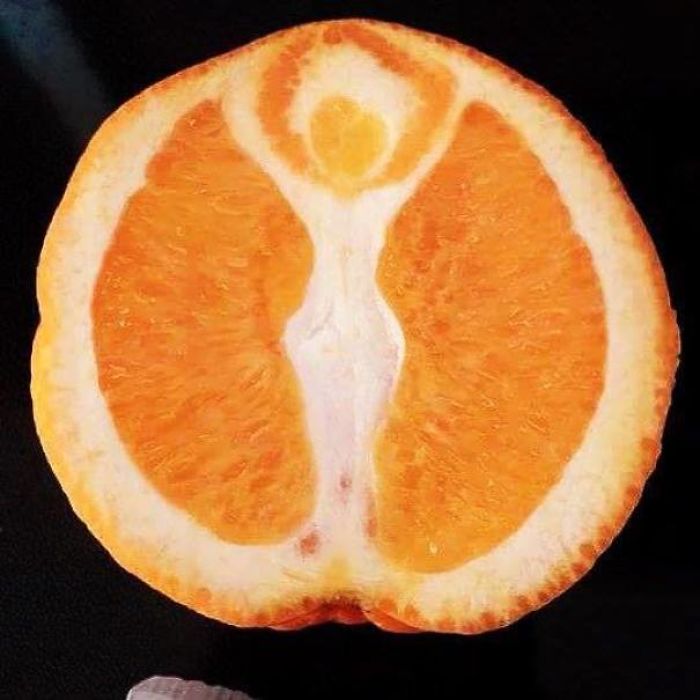
“This boiled egg exploded while cooking and looks like a snail.”
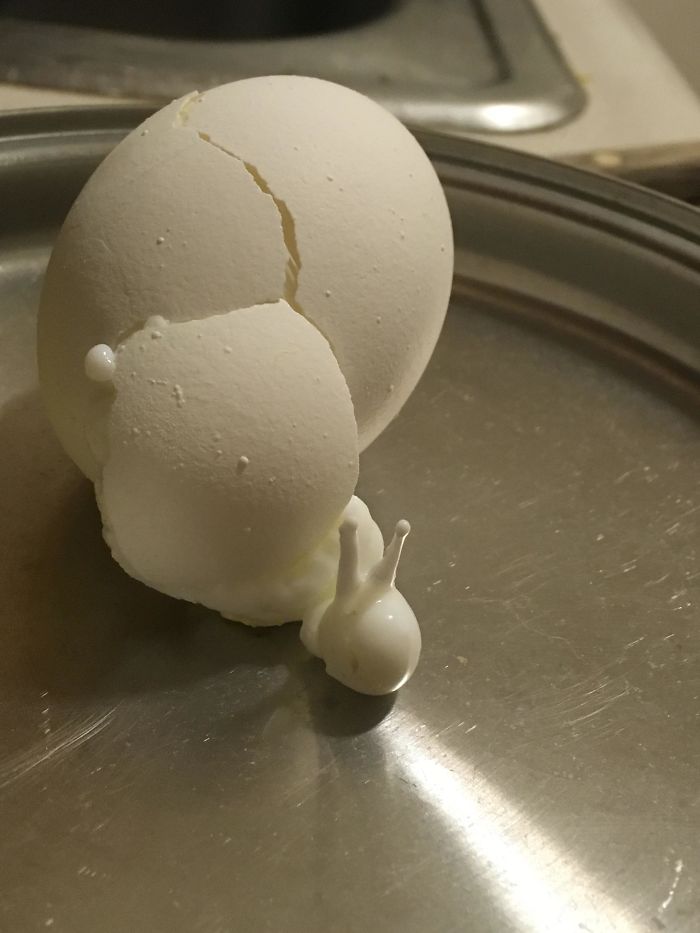
“This pure-bread my friend got at a restaurant.”

Over the years, you’ve probably heard about the image of Jesus Christ or Mary appearing on someone’s toast or something equally astounding. “If someone reports seeing Jesus in a piece of toast, you’d think they must be nuts,” Professor Lee said. “But it’s very pervasive. We are primed to see faces in every corner of the visual world.”
“This overflowing cupcake ended up looking like an elephant.”
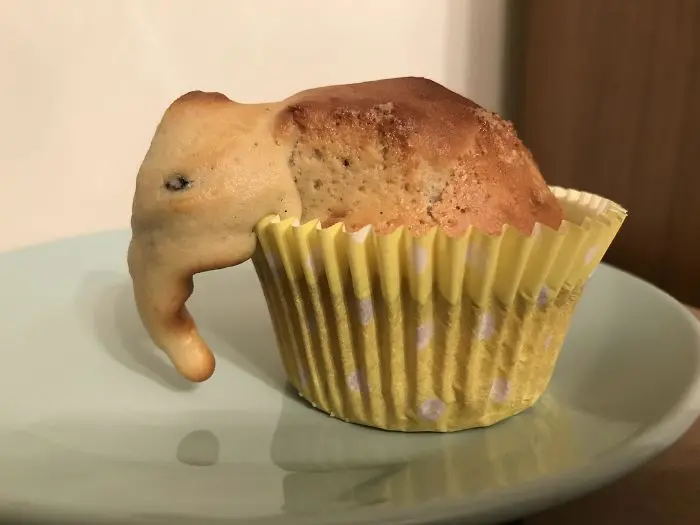
“The ice in my glass sort of looks like a face.”
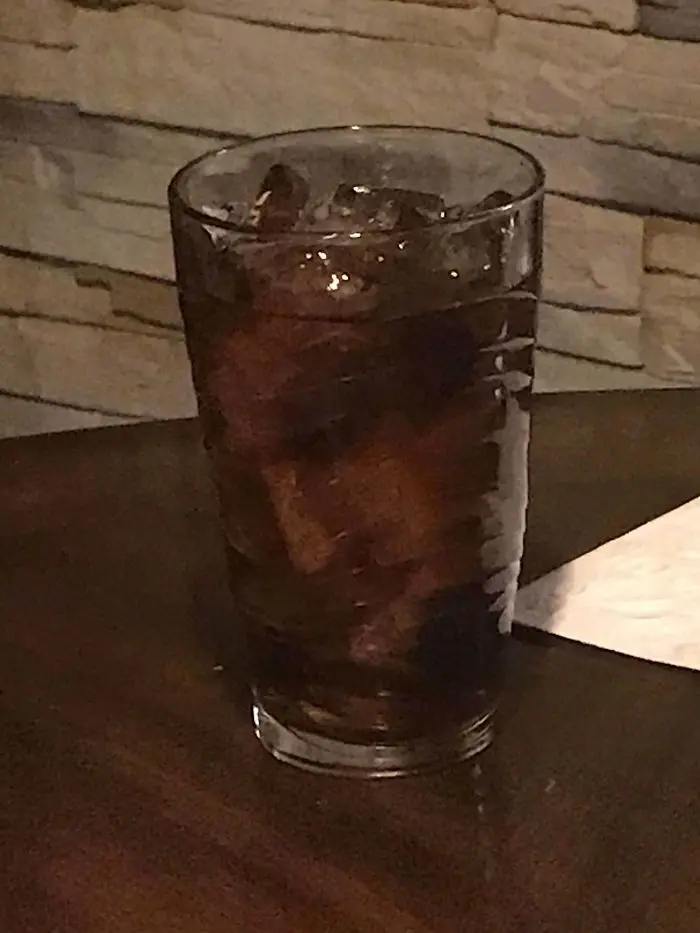
“When the dog looks like your slice of banana.”
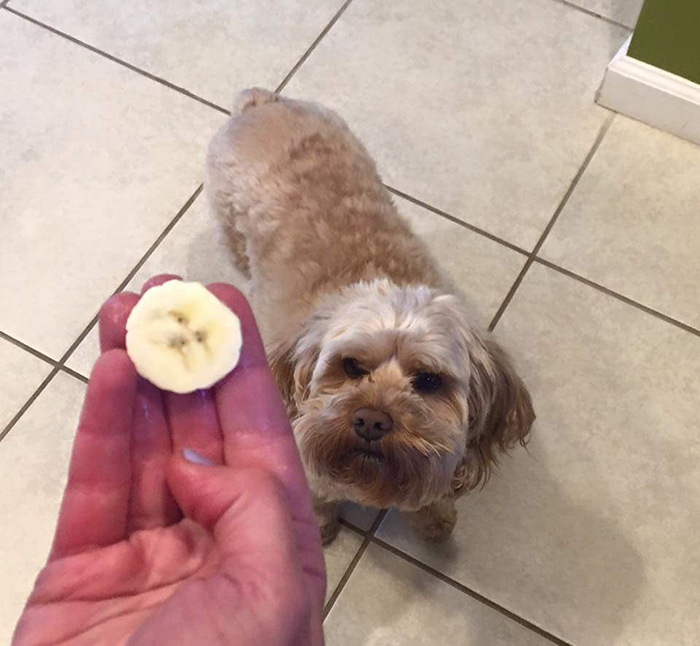
Some patterns are related to nature
“If you look at any walls spotted with various stains or with a mixture of different kinds of stones, if you are about to invent some scene you will be able to see in it a resemblance to various different landscapes adorned with mountains, rivers, rocks, trees, plains, wide valleys, and various groups of hills.” – Leonardo da Vinci
According to the master artist, natural patterns can sometimes create a new image like a landscape. These days, we’re able to recognize faces from almost everything. In fact, there’s even a rock face museum in Japan that displays rocks that look like they’ve got faces. Amazing, isn’t it?
“Found a rock that looks like a shark.”
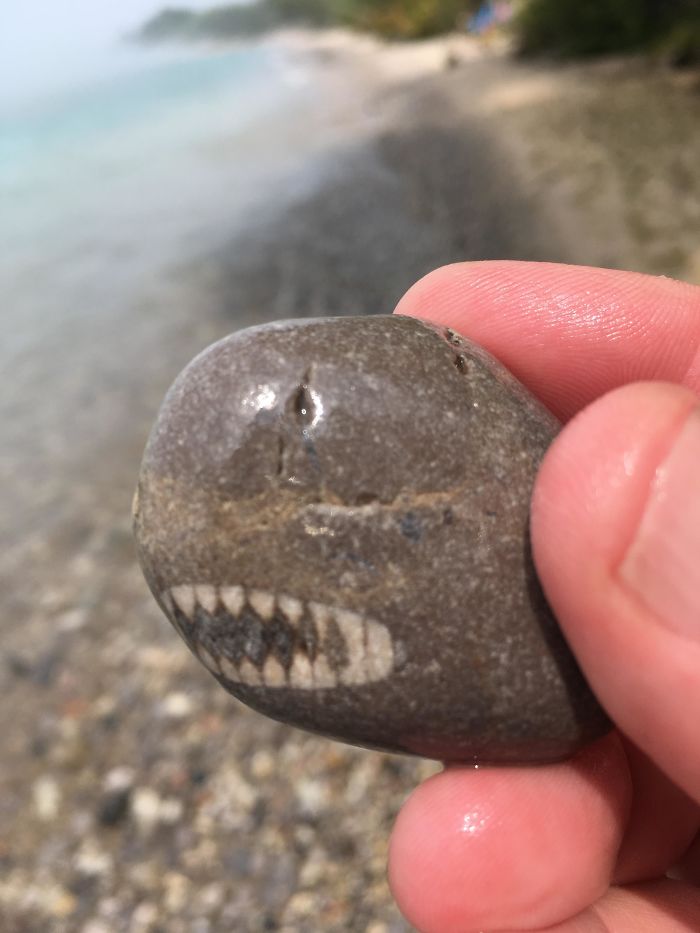
“Chomp.”
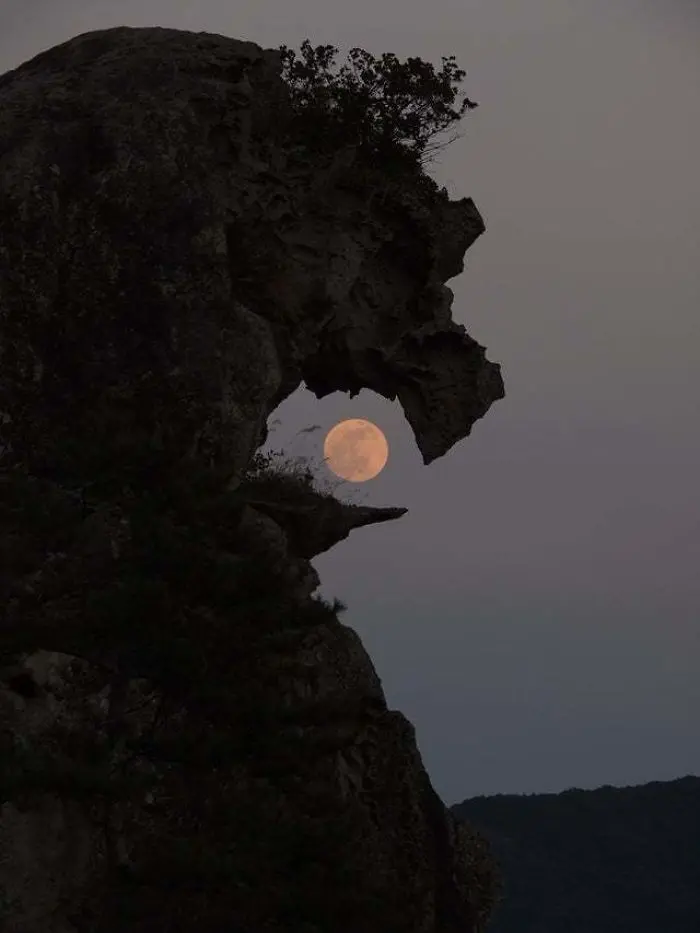
“Stupid sexy Flanders.”

“I want to believe.”
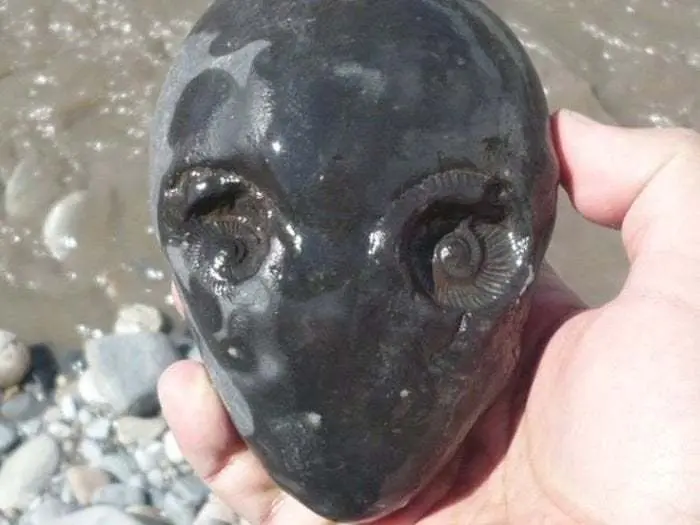
“The shadow looks exactly like a man’s head. Lone Peak, Big Sky, Montana.”

“The snow on top of this mountain that looks like a lizard.”

There are different ways of experiencing Pareidolia
While seeing faces and shapes is a fairly normal occurrence, it isn’t constrained just to visual or tangible objects. Sometimes it manifests through sound. Auditory experiences have ignited may conspiracy theories for a long time. People have played iconic songs in reverse and claimed that they’ve exposed sinister, and sometimes downright disturbing hidden messages embedded in the piece.
In 1969, a rumor spread that musician Paul McCartney had died and has been replaced by an impostor. This instigated die-hard fans and conspiracy theorists alike to dive deep into The Beatles’ releases. They reverse-played many songs where they claim to have heard John Lennon saying that shocking things like Paul is dead, and that he buried Paul. However, Paul disregarded the theory and moved on with his life.
“My car seems pretty happy about the snowstorm.”
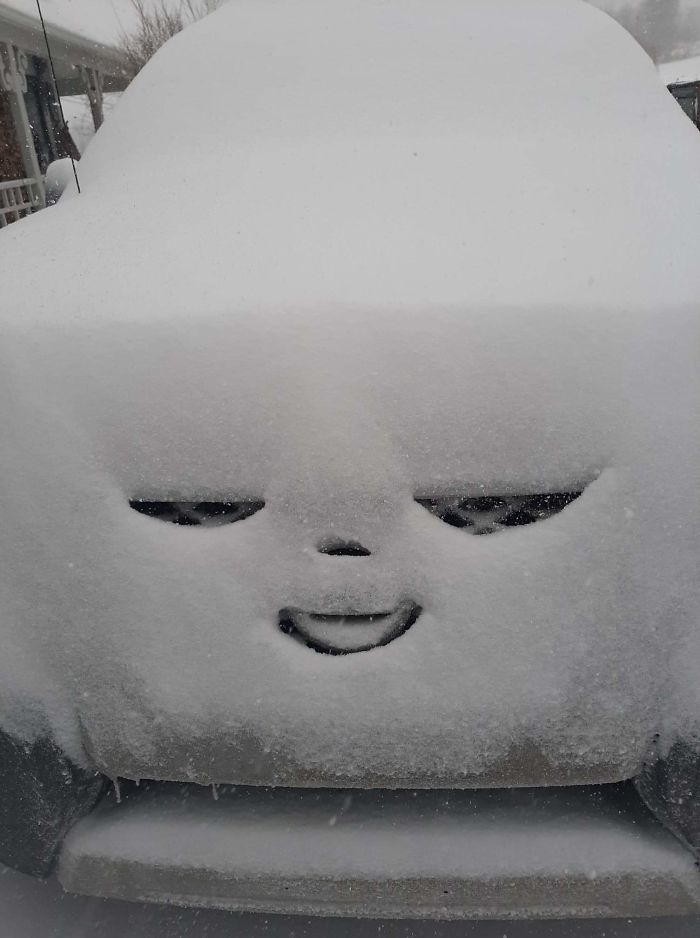
“My drink looks like a crocodile is looking at me.”
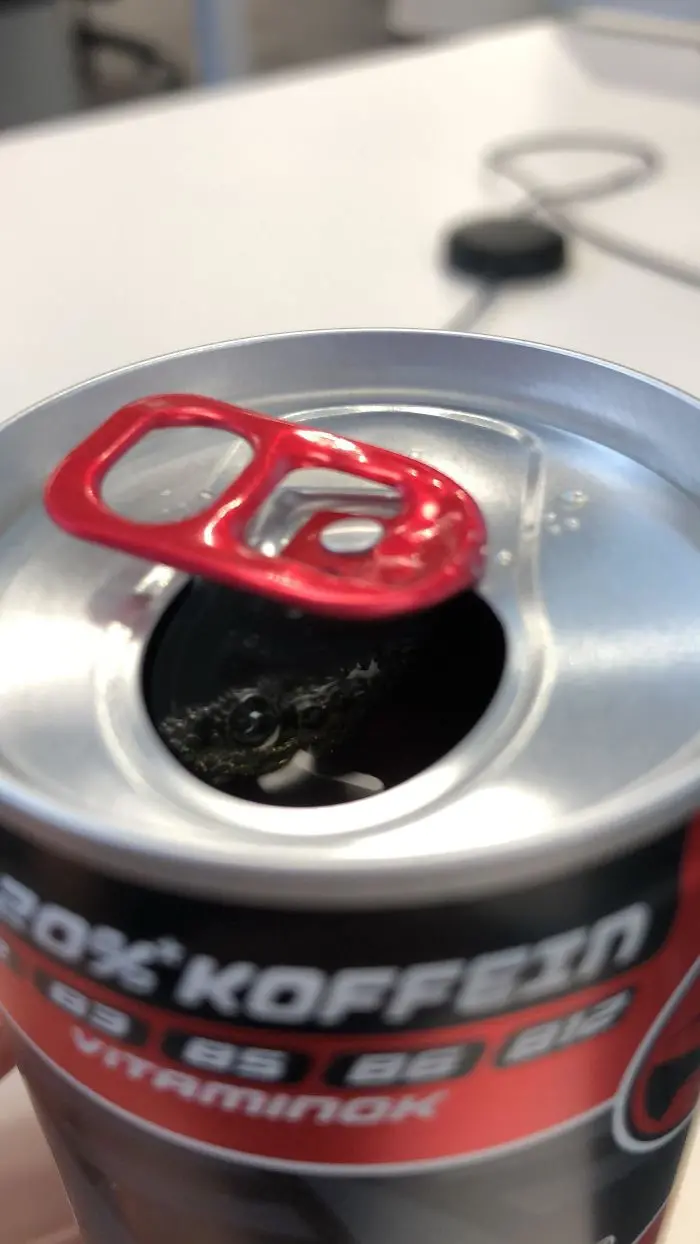
“She’s having twins.”

“The pattern on my dogs chest looks like a cat mid sneeze.”
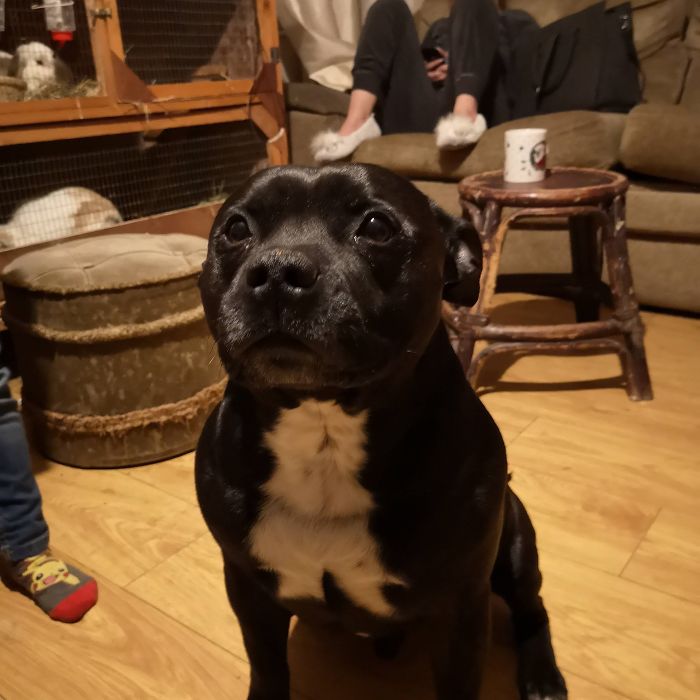
“I thought that lady was a muppet.”

“Dog stick I found.”
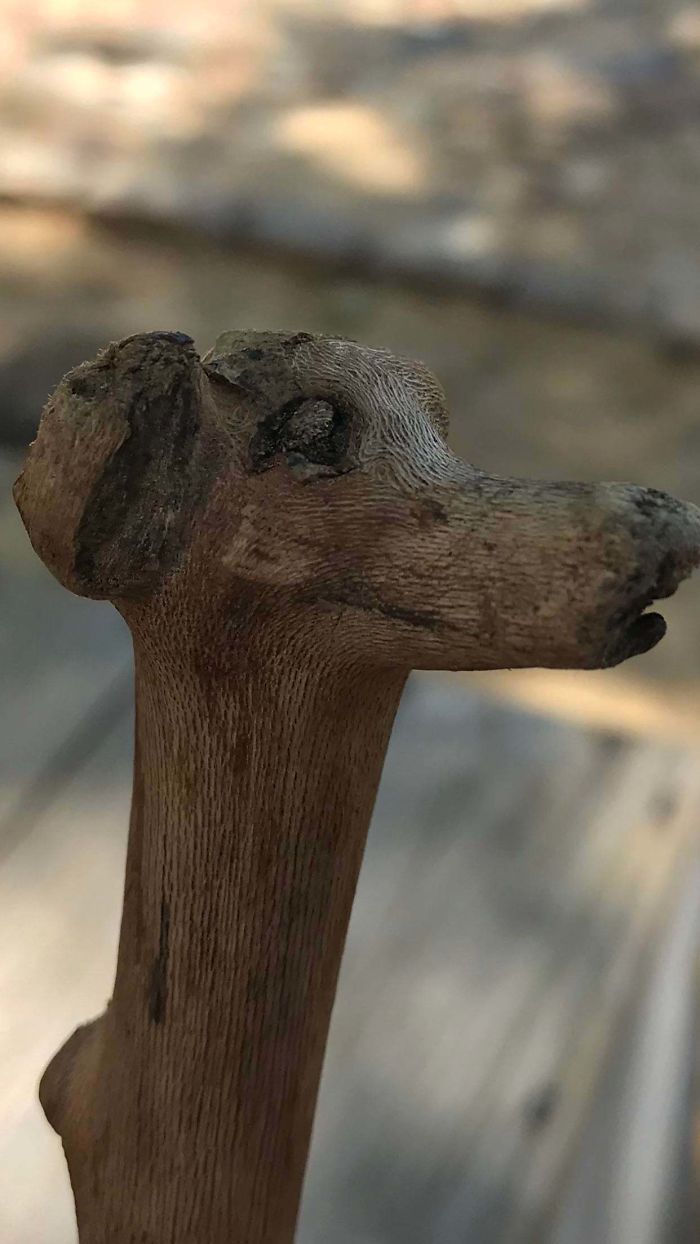
“Pigeon poops a portrait of itself on a leaf.”
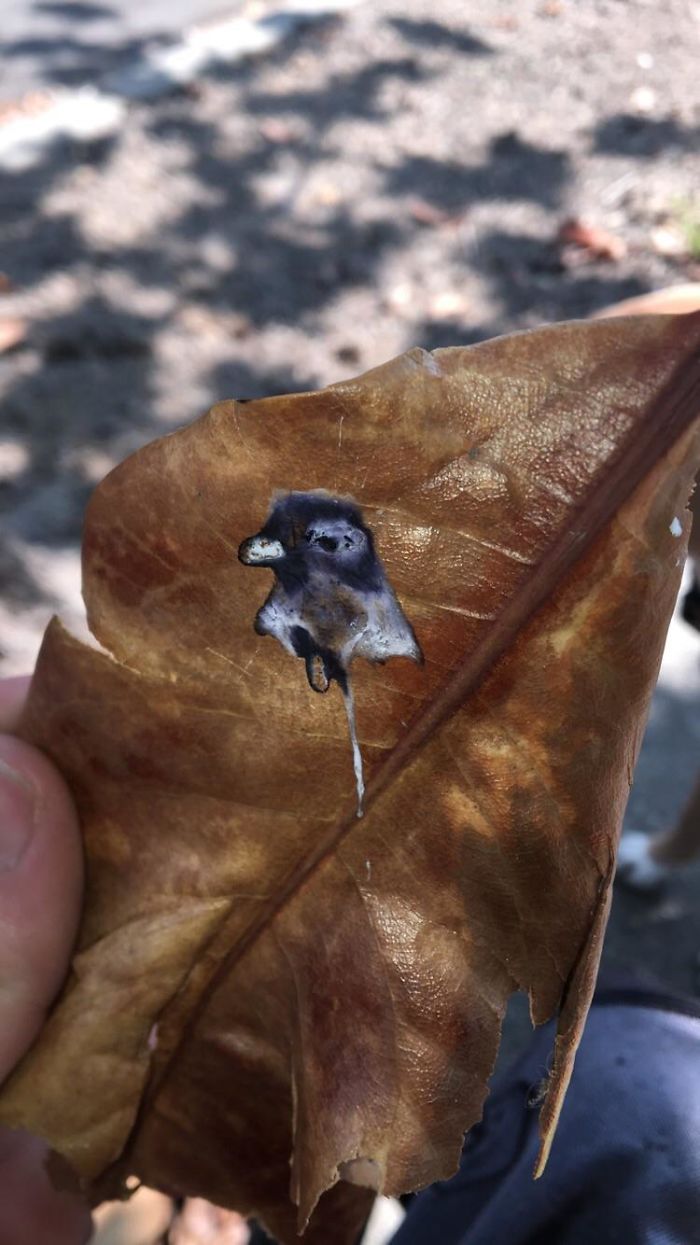
This is truly a wonderful and sometimes mystical phenomenon. Have you experienced this before? What is the most memorable sighting you had? Which photo in this article did you find most surprising? Share it with us in the comment section!

